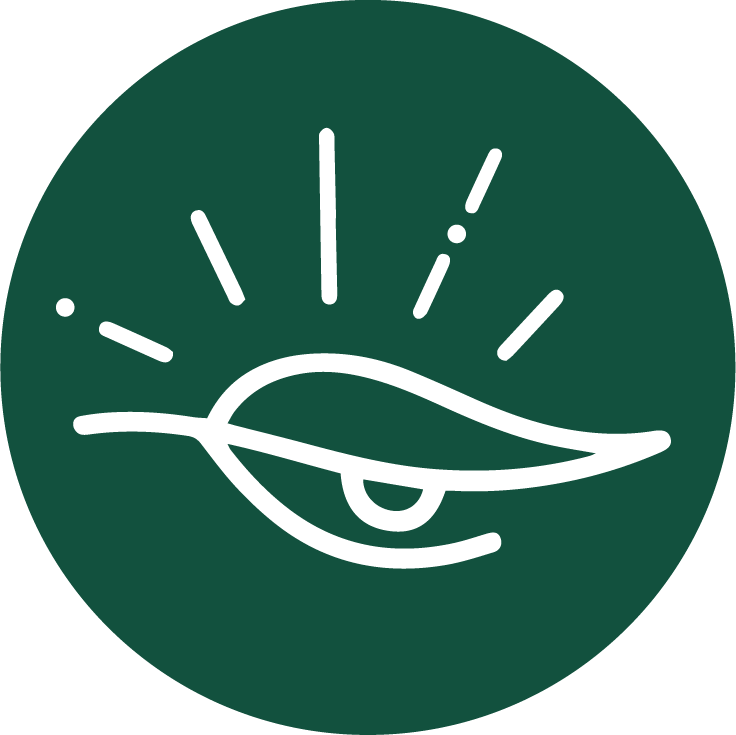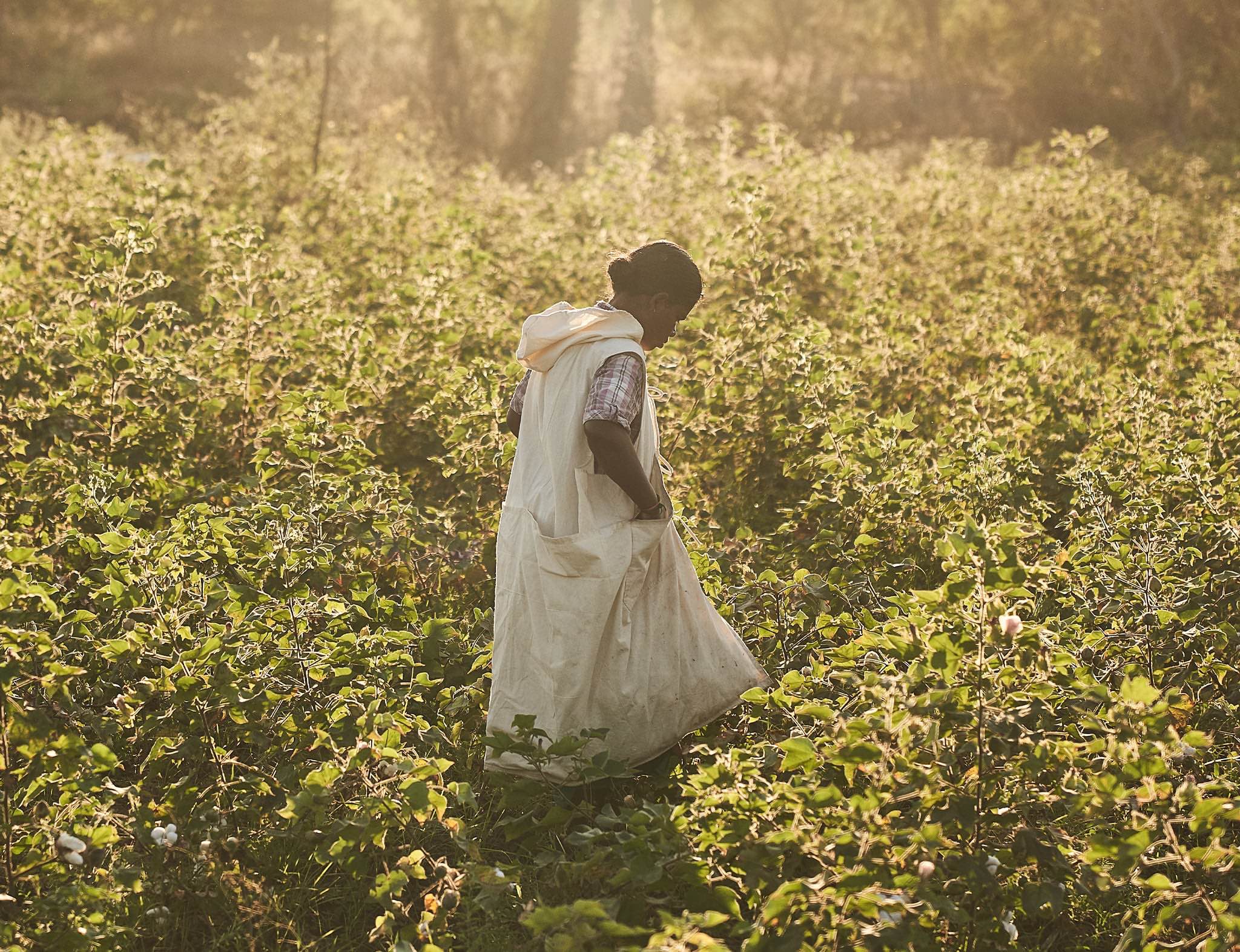By rediscovering the most natural side of fashion we can make the positive energy of Nature pass through us.
Marzia PepeReconnecting with Nature Through Fashion | Marzia Pepe
Since the dawn of humanity, people have felt the need to cover and adorn themselves. Clothes have always represented a way to express our personality and individuality or, on the contrary, our belonging to a group.
In an increasingly artificial society like the present one, many of us have started to feel a growing need to recover our truest essence and re-establish a more intense contact with our own being, notably through what we wear. Is it possible that fashion can help us reconnect with nature or is this just a paradox?
It’s not a secret that the Fashion industry is also responsible for pollution on our planet; and designers seem often much more engaged in mere exercises of style, forcing and constraining our bodies in clothes that leave too little space for our real physicality. With this backdrop the reply could seem only negative; however, we have chances.
A young generation of nature-conscious designers and companies is now approaching the scene with grace and sensitivity to assist people to get back in harmony with their bodies, as well as the Earth.
By rediscovering the most natural side of fashion we can make the positive energy of Nature pass through us.

To allow us to go back to Nature, designers must increasingly look to science and technology, to learn how to create without exploiting already compromised resources and also observe nature as an endless source of inspiration and innovation. Because everything we need has been there all along, we just need to find out the best way to use it in a cleaner and fairer way.

Leather is one of the most desired and prestigious materials in fashion but its moral implications are huge. Some visionaries are succeeding in making leather ethical. Combining creativity with technique and patience they can conserve, treat, and press natural elements to obtain a leather-like material that perfectly imitates the animal one. (In addition to the ethical theme, we will also avoid killing countless numbers of animals every year, this will save the planet millions of cubic meters of CO2 emissions, water consumption, and highly polluting chemicals). This leather is obtained by plant elements such as cactus, citrus peels, paper, and wood coming from the waste of the paper-making industry and fungi.
Mushrooms have extraordinary, peculiar properties and are unique organisms on our planet, to the point of being part of a separate kingdom from the eukaryotic one (which includes plants, animals, and human beings); they have played a pivotal role from the dawn of times in the development of human culture and spirituality, just keep in mind their use in shamanic rituals and healing. The potential of fungi is infinite, as the application range goes from the production of fabrics to spacecraft.

Plants have incredible abilities, not only those well-known and already in curative and alimentary use, but they are even used to dye fabrics and cosmetics. Chemical, industrial dyes were invented only in the 19th Century; before then we were accustomed to natural colours. We should go back to the roots of our civilisation to re-learn how to use Nature without abusing It.
Dyeing techniques using flowers, plants, wine and other fully natural substances allow the wearer to establish a strong connection with Mother Earth, transmitting the same beneficial sensation of a forest bath or a walk in the countryside, and immersing us in countless shades of colours and coziness.

Wool was one of the first materials ever used by humankind to cover themselves, one of the most produced, used, and loved over the Centuries. It is without question a natural, comforting, recyclable, and biodegradable fabric; it is not as impactful as leather from an animalistic point of view, but we cannot really say that it is eco-friendly and ethical, especially when we talk about how animals are treated in intensive production.
We need to become mindful and focus on timeless pieces that may accompany us throughout our lives and comfort us with the thought of embracing the Earth while it embraces us.
We know that from an ecological point of view big companies are much more harmful than smaller producers or designers. Will the future of conscious Fashion is to scale down and reduce?
With a forward-looking vision, many brands are now learning to launch products on a smaller dimension, working with other young producers and companies to create alternative solutions, so much so that many of them are already cooperating in partnership, helping the designers to pursue their research.


We must aim to create ‘human brands’ that build up strong, personal relationships with both the local craftsman who produce with them (not for them), and with their customers. The idea behind this is that if we put Nature at the core of our lives, It can become a powerful and positive influence over our choices, and for the benefit of all.
A common misconception of our time is thinking that our actions don’t influence our surroundings. This is not true; each small decision we make daily—including what we are going to wear—is a small step in the direction of biodiversity and nature conservation.

Written by Marzia Pepe
Photography credits : (All the images belong to the photographers)
Image 1 by Christian Boltanski
Image 2,6 and 7 by Amian Kadous via Women Photograph
Image 3 by Rehab Eldalil via Women Photograph
Image 4 by Ashish Chandra
Image 8 by Ludovica Arcero




